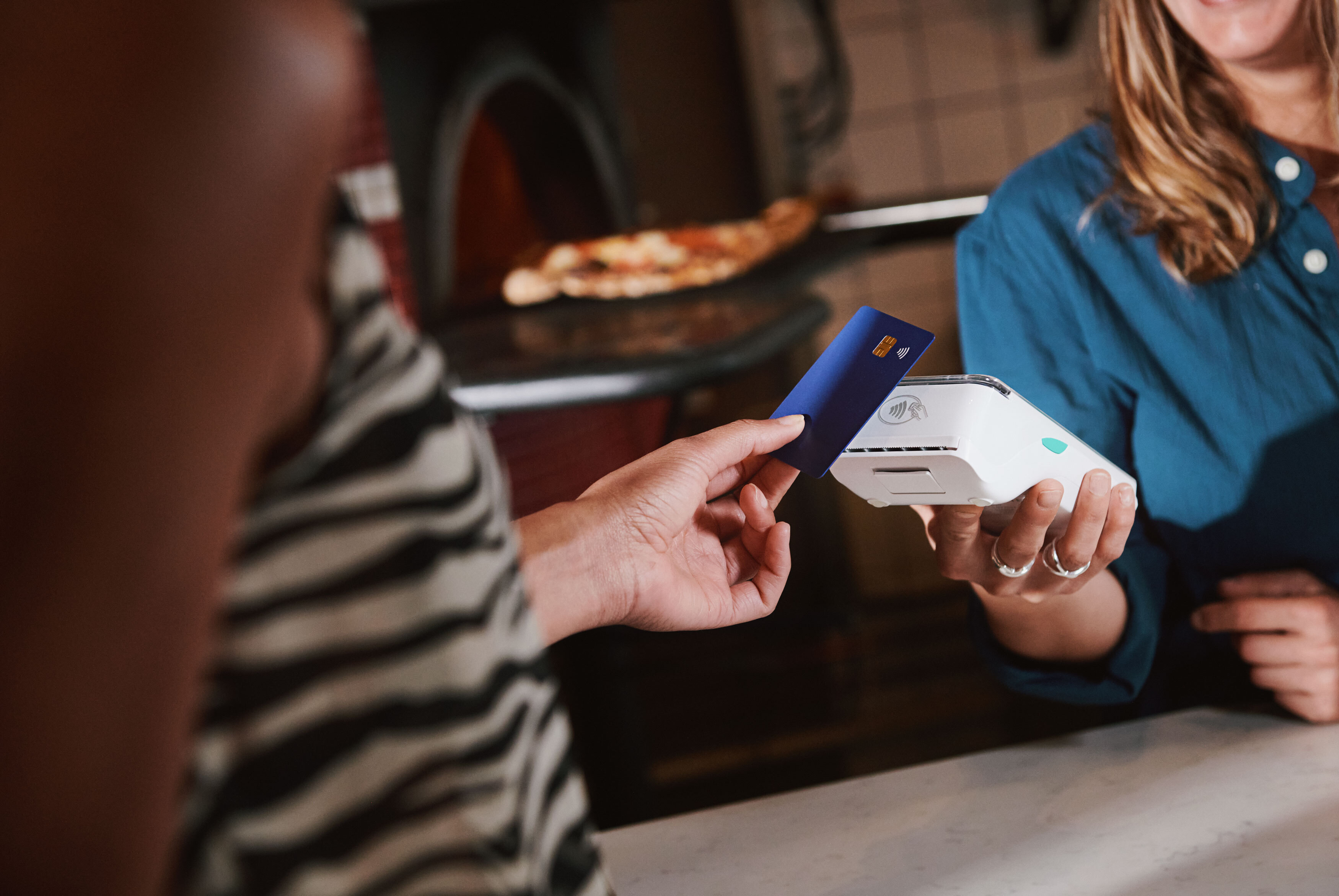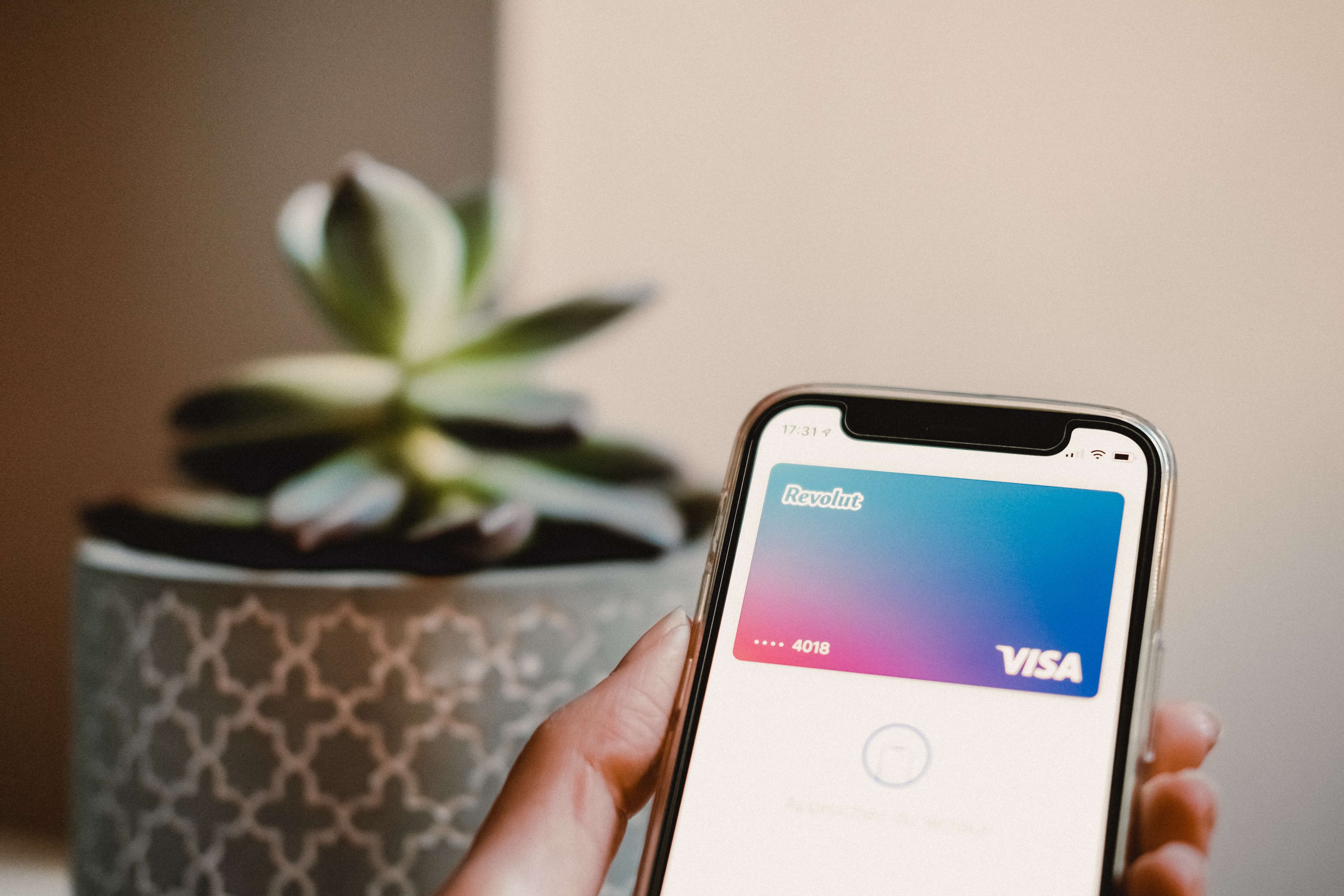The benefits of becoming a cashless business with a cashless payment system
Discover the benefits of a cashless business from faster payments and fewer errors to better security and customer convenience for small businesses.
A few years ago, it was commonplace for small businesses to be cash only. Even those few places that were ahead of the curve and did offer card payments often charged their customers more for the luxury.
Fast-forward into 2021 and consumers expect the choice of cash or card, with a lot of people opting for card for convenience and efficiency.
In fact, last year it was reported that seven million people across the UK are choosing to live an almost cashless life. Arguably, the global COVID-19 pandemic has pushed us even closer to a cashless society – and we can see this shift play out in our every day, as ‘cash only’ signs are being replaced with ‘card only’ ones.
So, as more and more people make card their preferred method, should businesses consider ditching cash altogether?
A lot of businesses across London, and other major cities have opted to accept debit and credit cards only, as the benefits may sometimes outweigh the risks – but there are some downsides that come with this choice. We've outlined both in our guide, to help you decide.
The benefits of going cashless
It’s no lie, digital payments are rapidly becoming the most popular and preferred method of payment, globally. With new technology and safer payments, it only takes a touch of a button or a tap of a machine to pay for what we need.
Aside from giving your customers the freedom to pay their way, there are other advantages that may come with card only payments. So here are some common cashless payment benefits:
Cut down queues and save more time
Card payments can often be a lot quicker than cash ones, as your customer can pay with the exact amount. This means no more counting the loose coins they give you, or you give them.
This may not seem like a huge difference, but think about what five minutes saved per customer could add up to during a day. This could potentially mean more time replenishing stock and serving customers, and less time worrying about an extra few pounds here and there.
As well as potentially saving time when serving customers, you may no longer need to spend hours reconciling and counting cash at the end of the day. In fact, with Dojo card machines, you can simply print out your end of day transactions summary.
You can also track refunds and sales figures across multiple locations over the course of the day using your Dojo app account, either on desktop or mobile.
Minimise the risk of on-premise theft
Across the retail sector alone it was reported that in 2020 there was an industry loss of £2.2 billion due to theft – an increase of 16% on the previous year.
With less cash on your shop premises, there is the chance you could decrease the risk of theft. Although break-ins can result in the loss of valuable goods, the risk of having your takings stolen may be reduced significantly with a card-only operation. And, if you do opt for a card only model, your signage may be a deterrent for potential thieves.
Cut down on profit losses
As well as possibly reducing any losses through theft, you may decrease the number of human errors you make when processing a cash transaction. For example, giving out the wrong change is a frequent mistake that happens during busy periods in retail shops.
The odd wrong payment now and again can easily be accounted for – but in peak trading times, when cashiers are rushed and want to keep queues down, it can become more commonplace and costly for small business owners.
Increase your transaction values
Research from Visa shows that once businesses begin accepting digital payments, their revenues increase on average by 17%. This is for a number of reasons – and one of them is due to an increase in the transaction value for those who pay by card.
Consumers may not feel comfortable carrying a large sum of cash around with them, so if you only take cash it's less likely they can be tempted to purchase higher-priced items on a whim.
Card payments are in line with customer preferences
Ten years ago, cash accounted for over half (58%) of all payments in the UK. Now, over a decade later we’ve seen cash drop to less than a quarter of all transactions.
During March 2020, when the UK went into a national lockdown to help reduce the spread of COVID-19, ATM withdrawals were down by a huge 60%. It’s now more commonplace for people of all ages to pay for things, even of a small transaction value, such as a coffee, with their debit or credit card.
The downsides to being a card only business
Although card transactions are favoured by a large number of consumers across the world, giving customers the choice to pay their way could be favourable. If you already know your audience demographic well, then you may not risk alienating any potential customers or pushing them away by operating with card only.
But, if you are catering for a diverse range of customers, it’s worth bearing in mind that, often, older customers may prefer to pay with cash. This is because they may not be as accustomed to new digital technologies, or have the same access to contactless devices as other people.
Takeaways
A lot of smaller businesses have pivoted during the global pandemic to become contactless and that includes banishing cash. And in the hospitality industry, the option of accepting card payments could help customers self-serve by ordering and paying directly from their table using an app.
As a business owner trading in 2021, contactless card payments may well be your priority, while also having the option to accept cash payments.
If you’re hoping to shift gradually to card payments, you may want to use clear displays and signage that tells customers that card payments are preferable. Monitoring customer feedback before ousting cash for good may also be crucial.
How Dojo can help
Not yet offering card payments to customers? There's been no better time to start. With Dojo, we'll offer you next working-day transfers, a nifty app to monitor all of your card sales, and customer support that goes the extra mile.
See our range of cutting edge card machines here, and get your online quote today.


